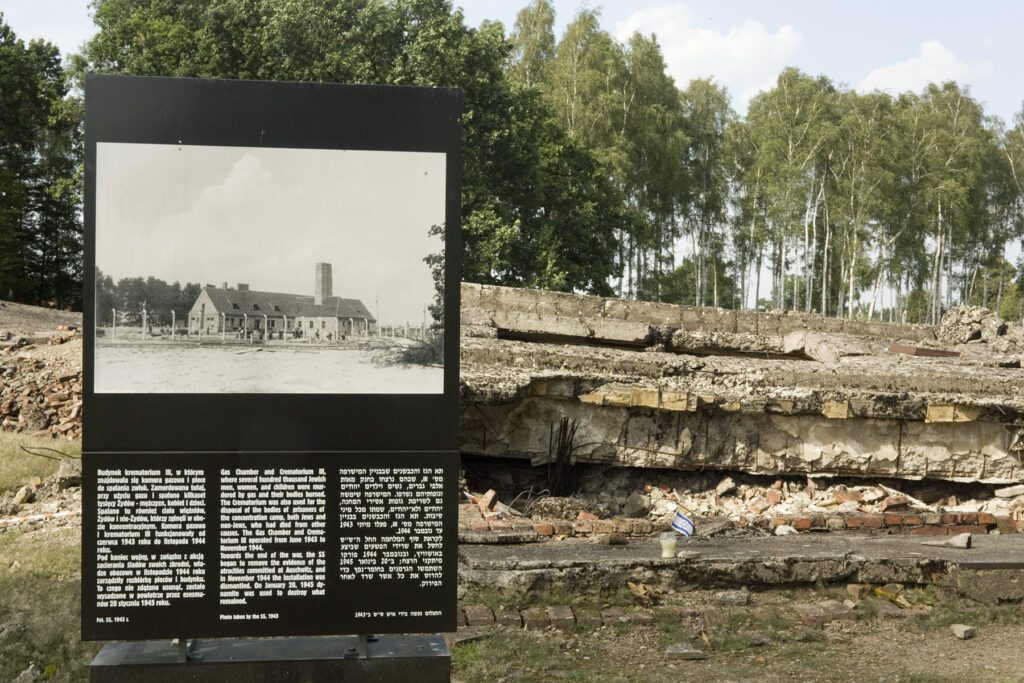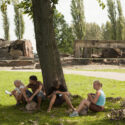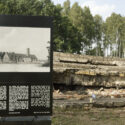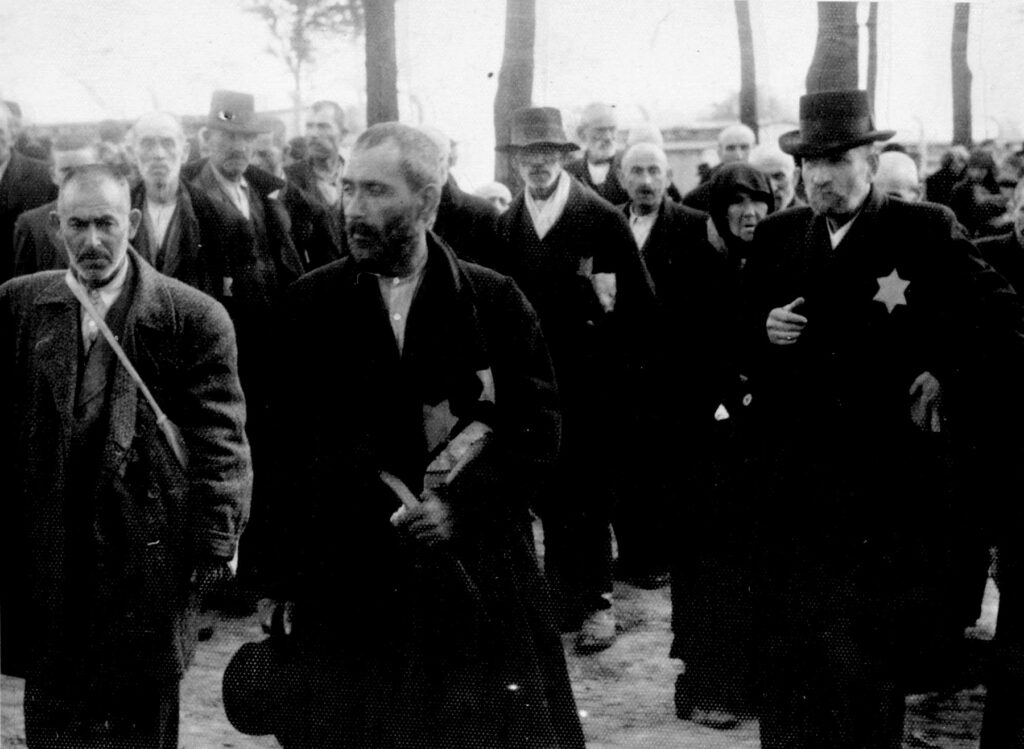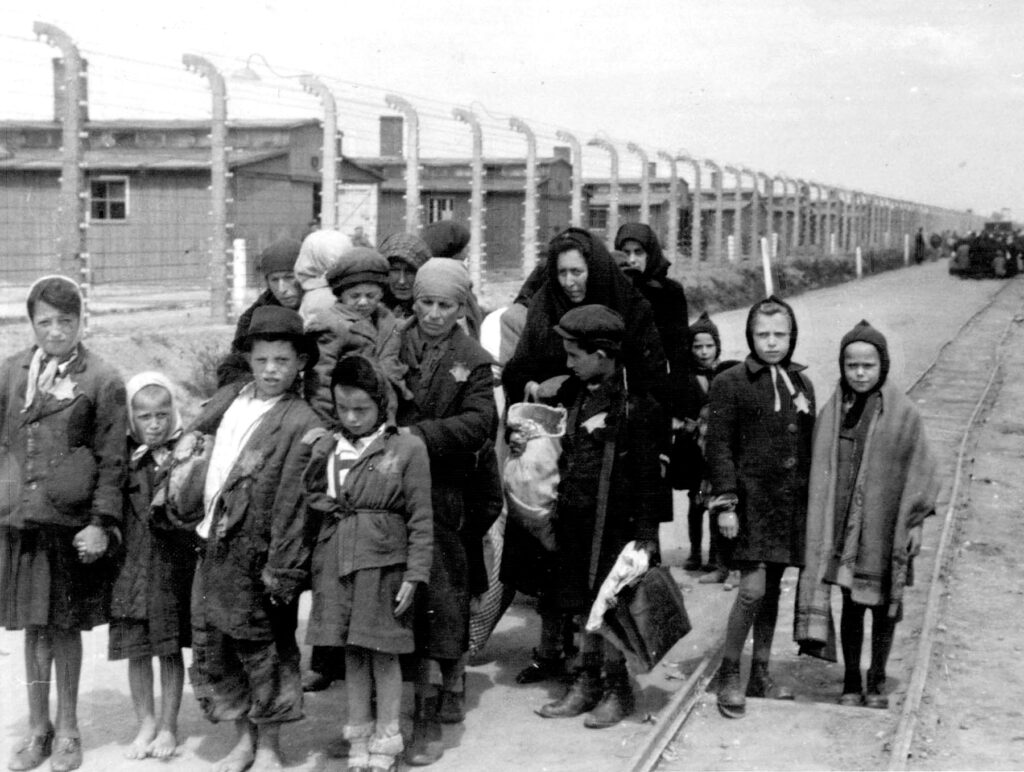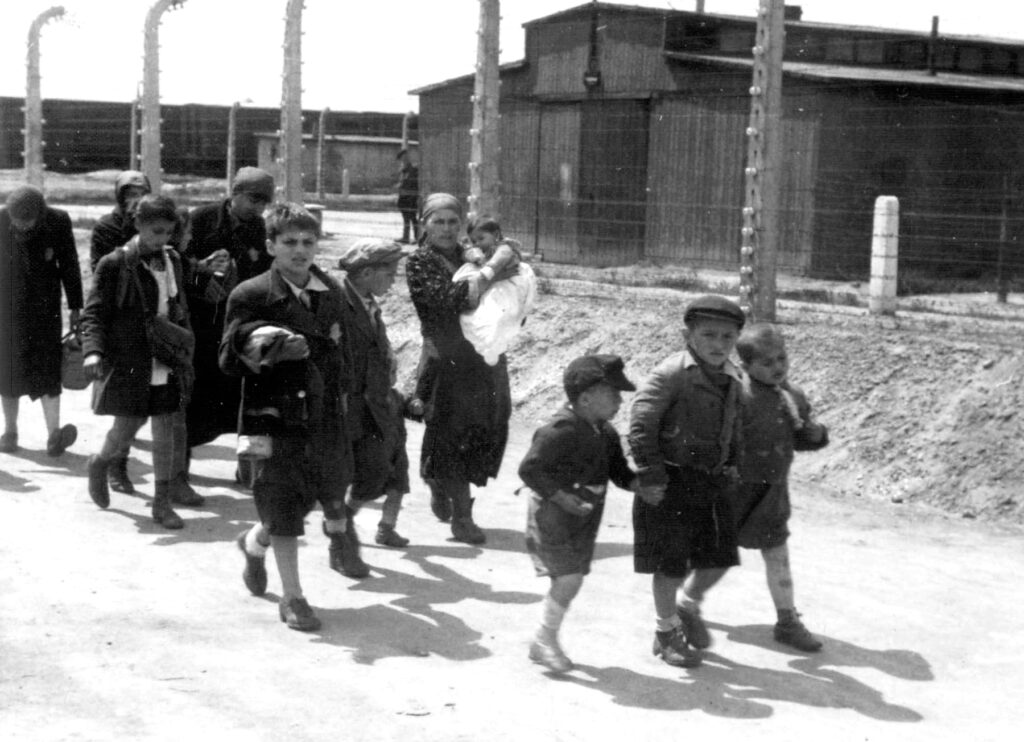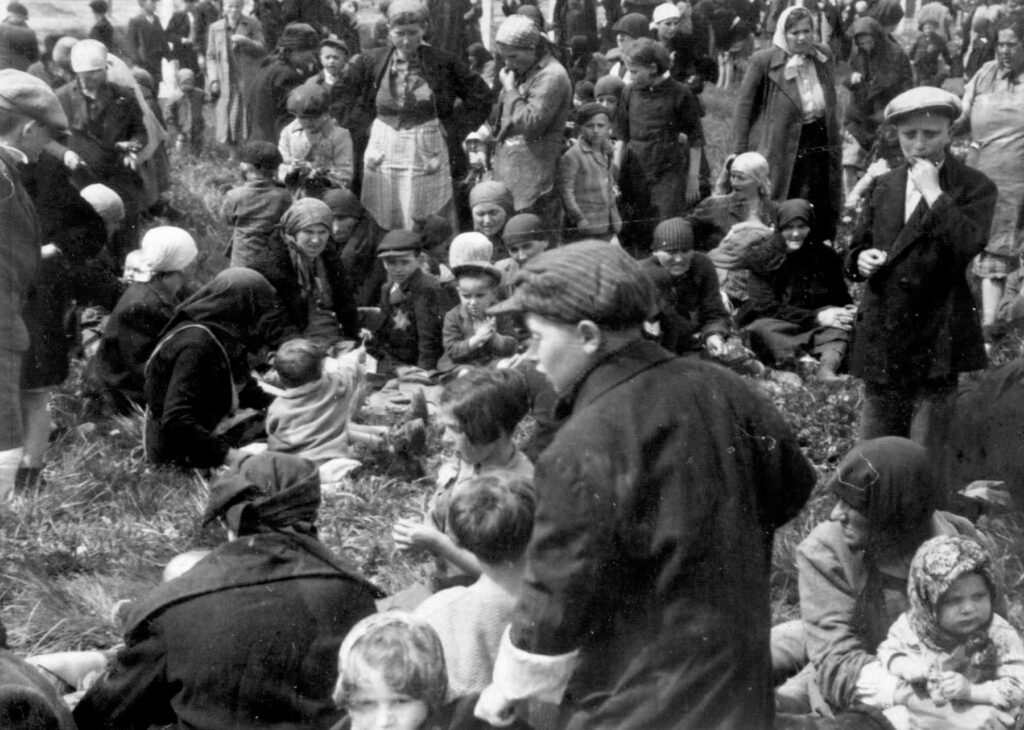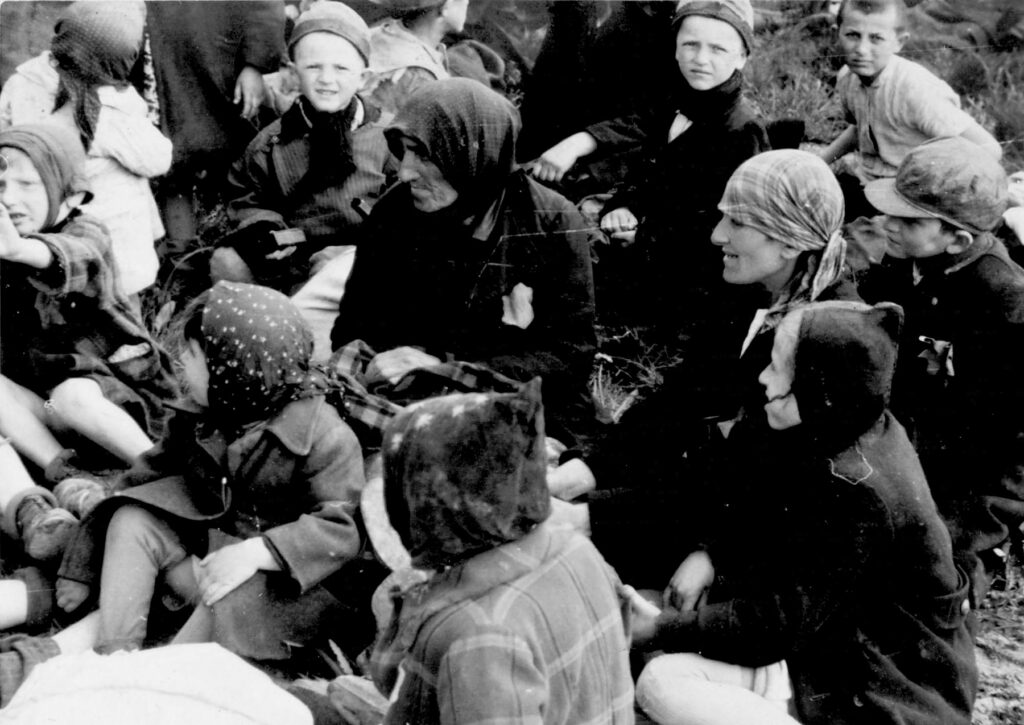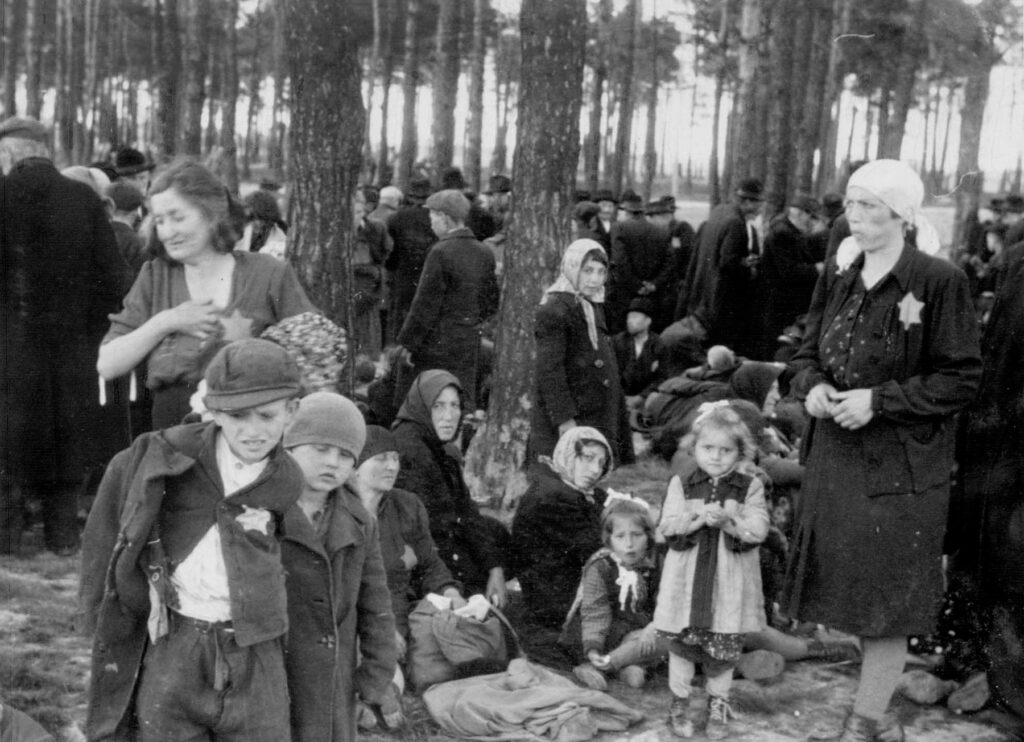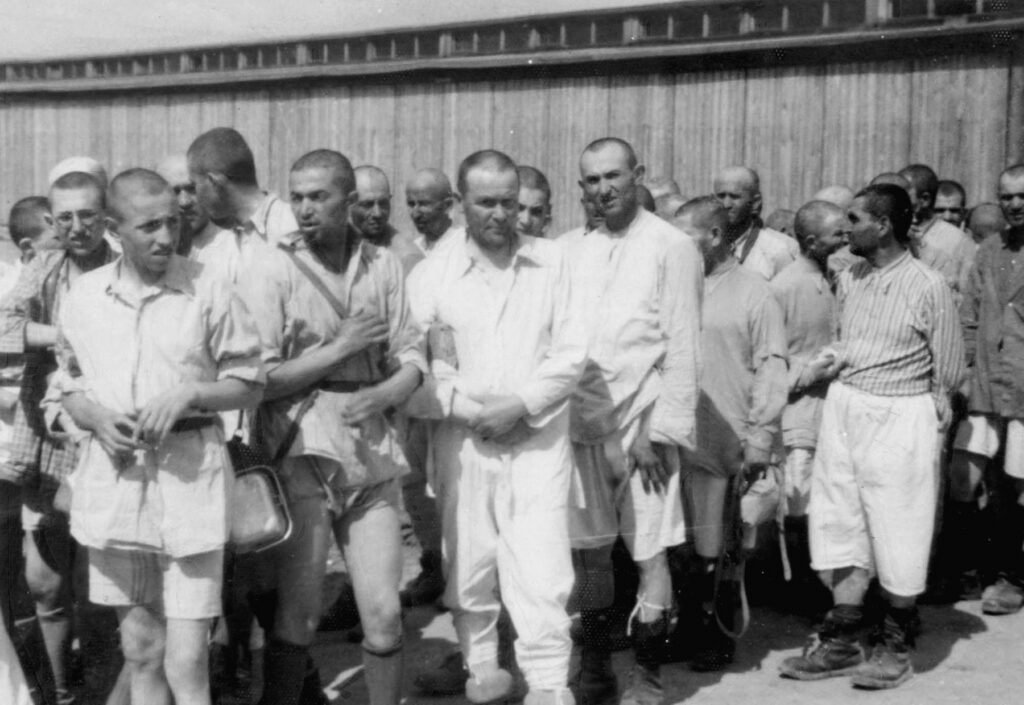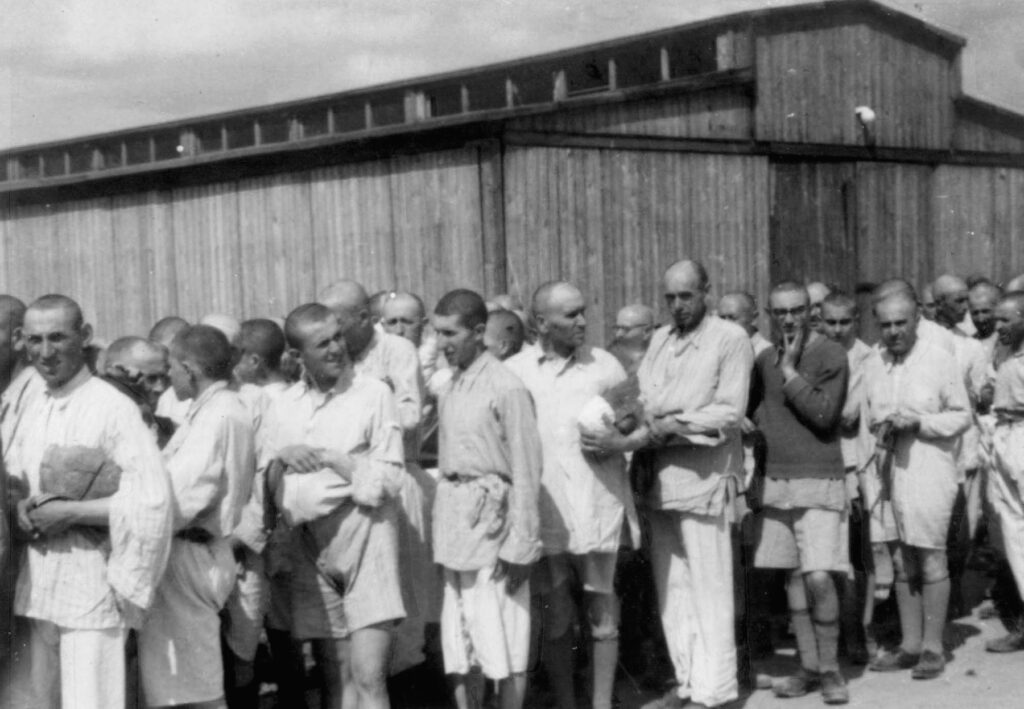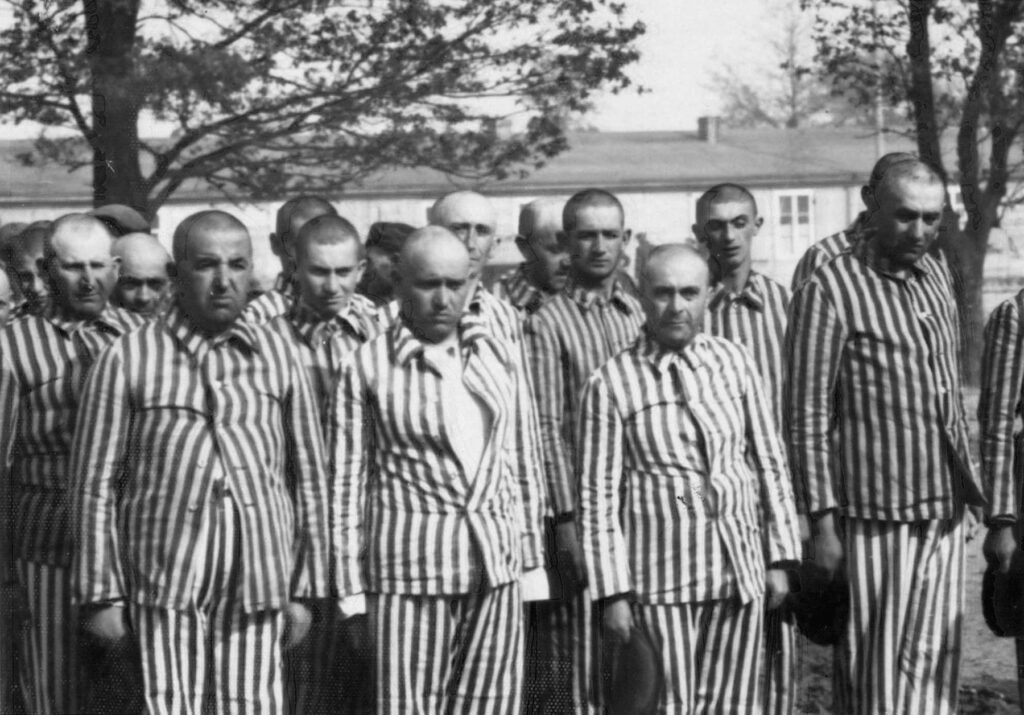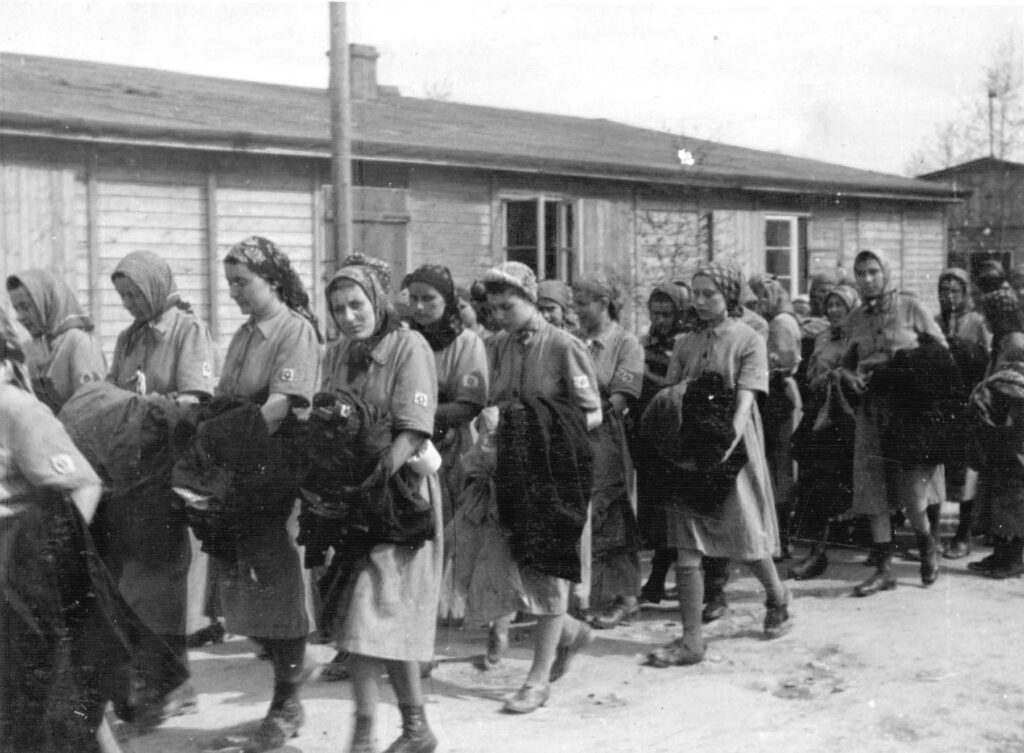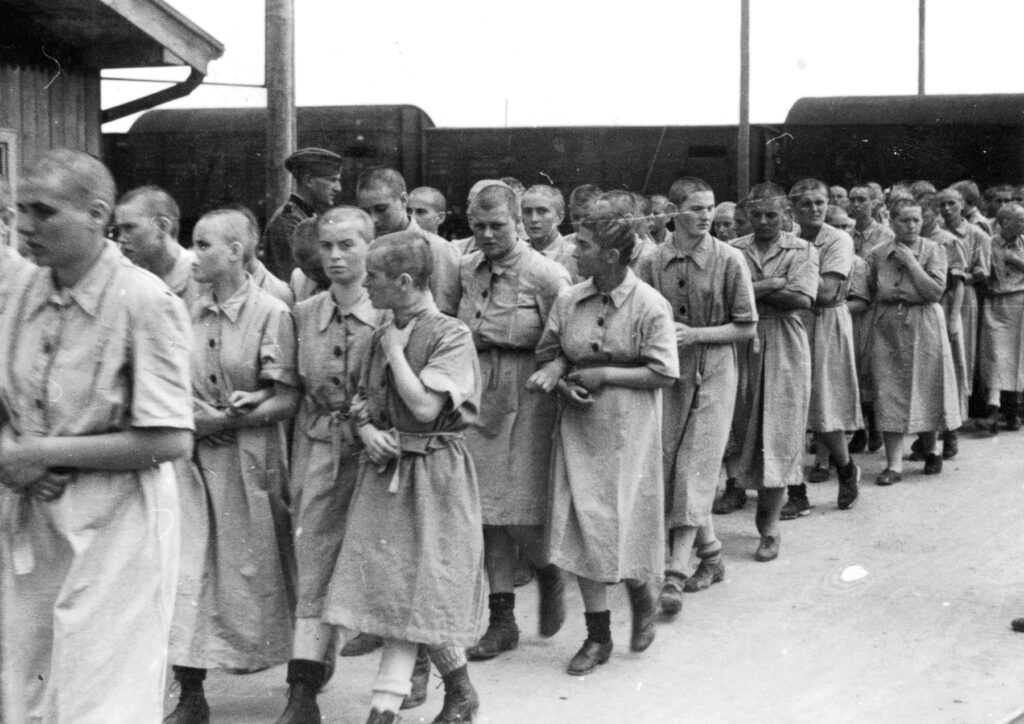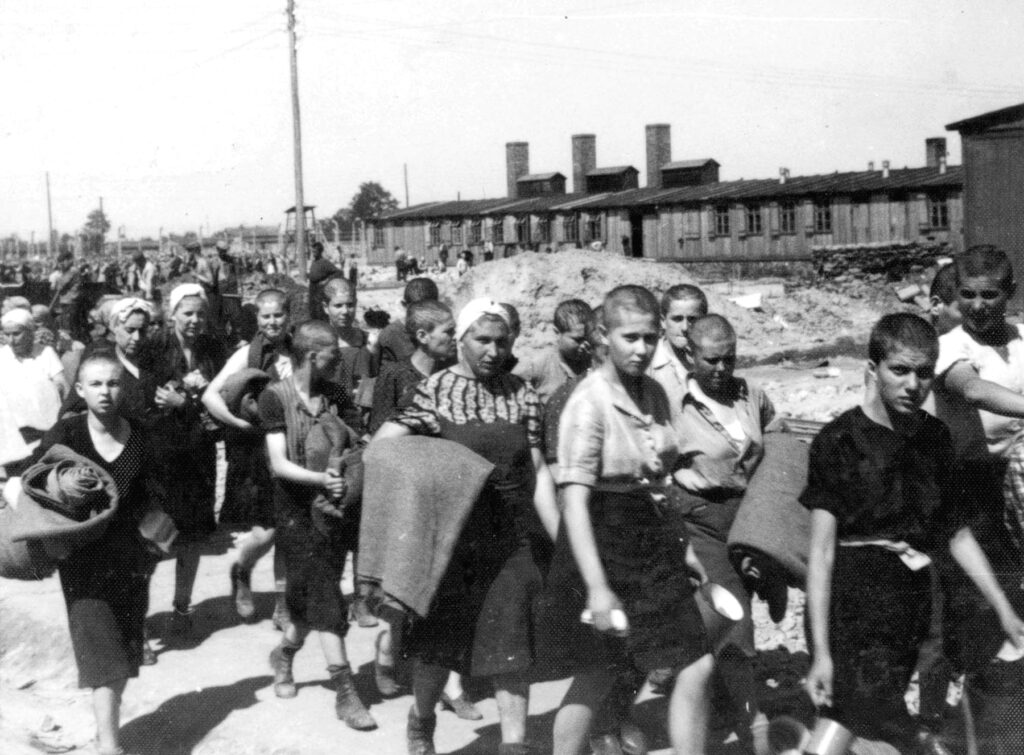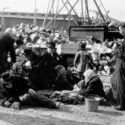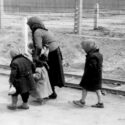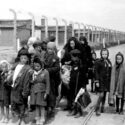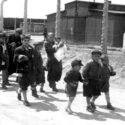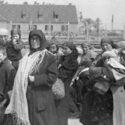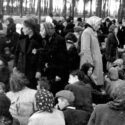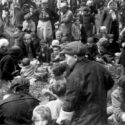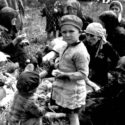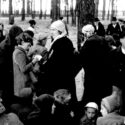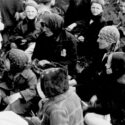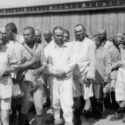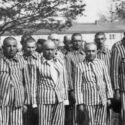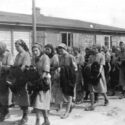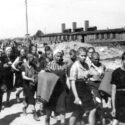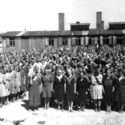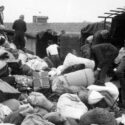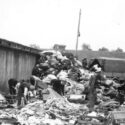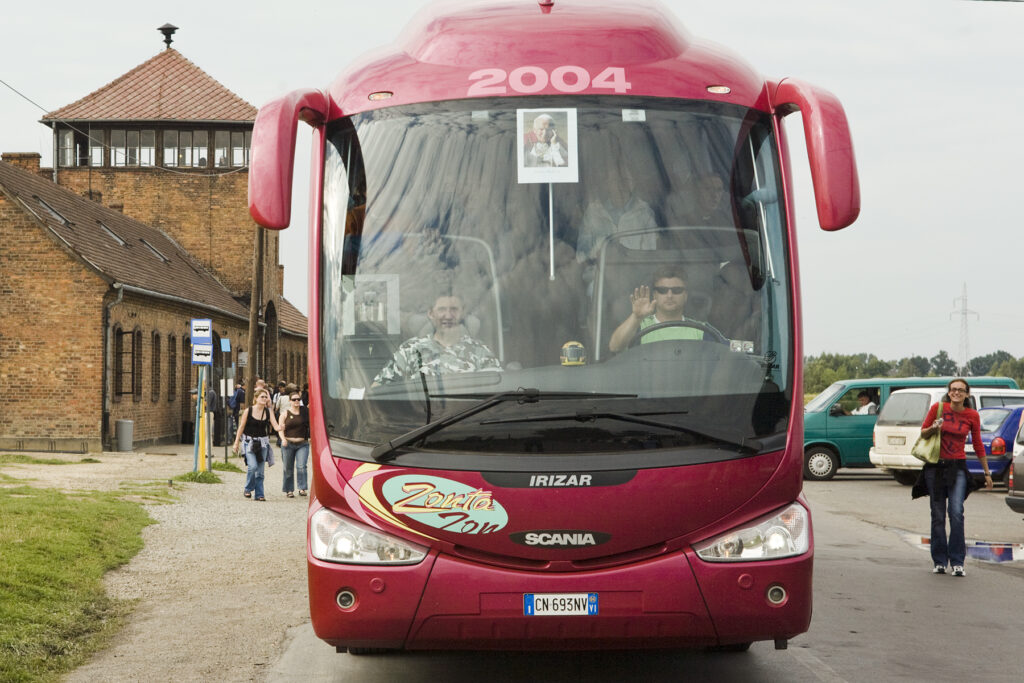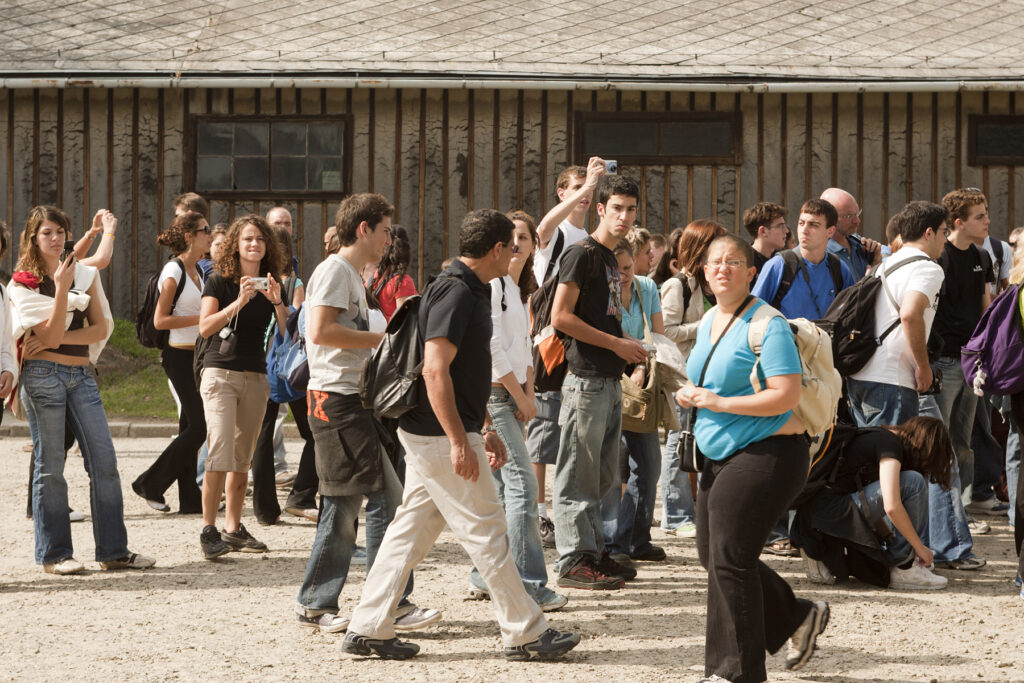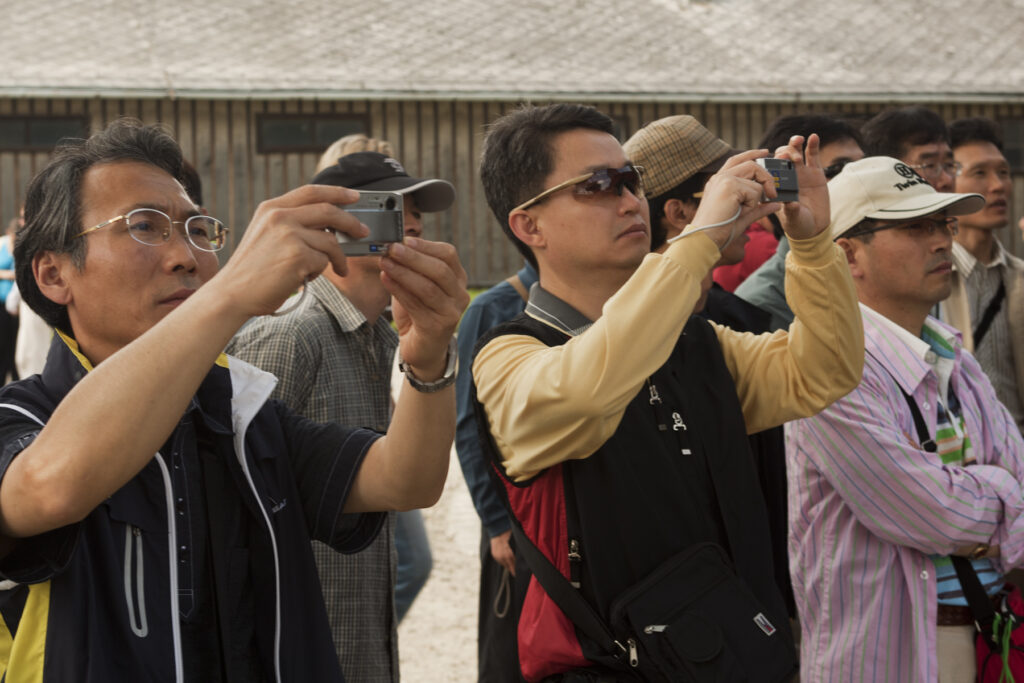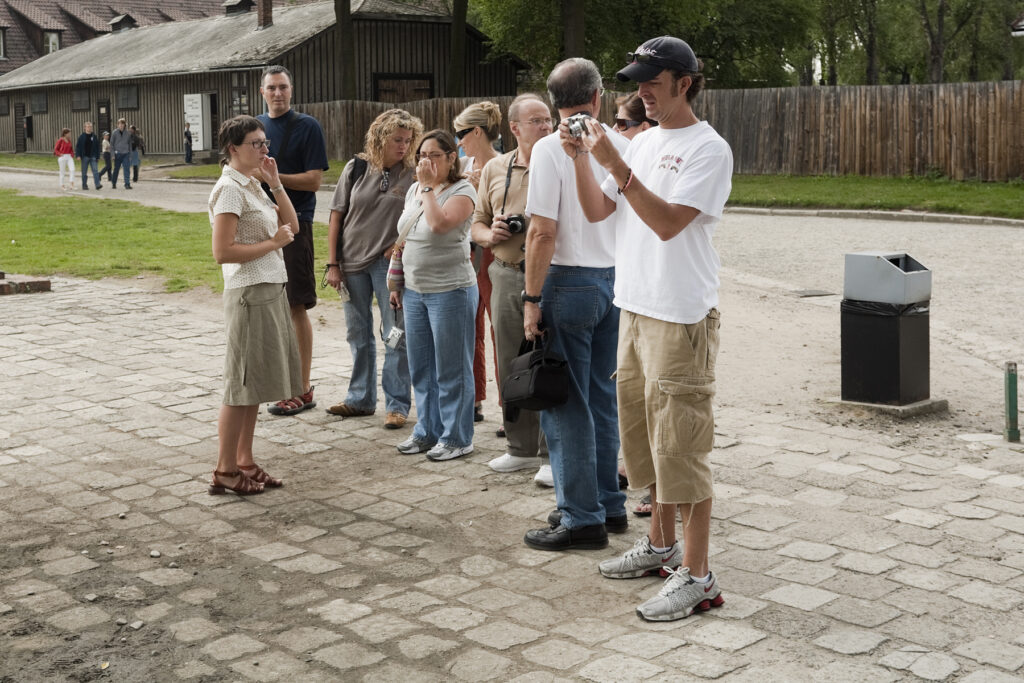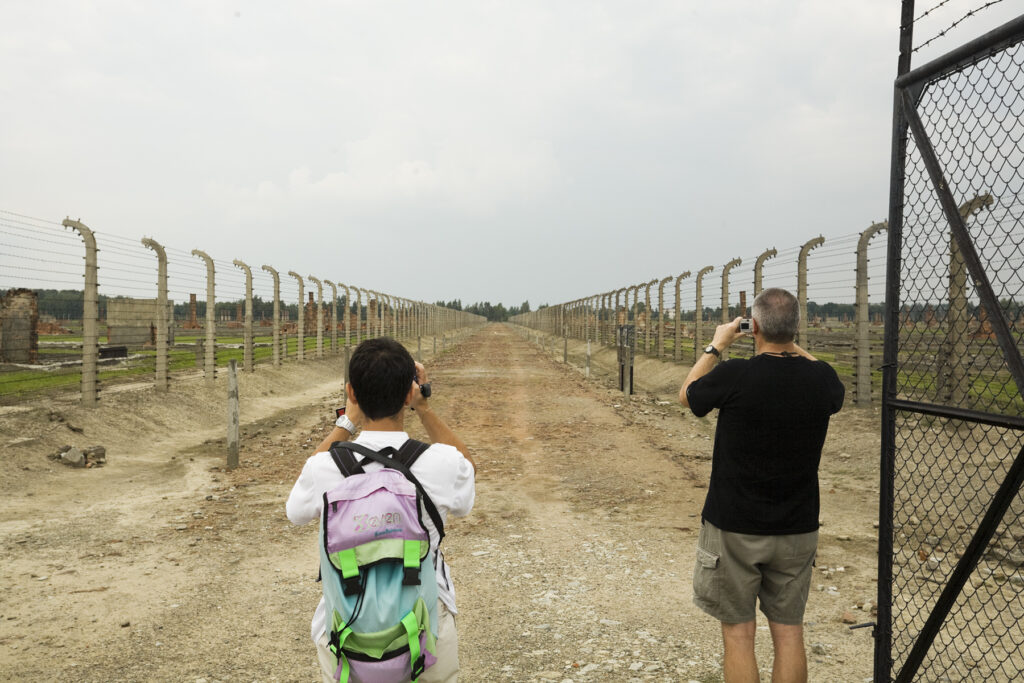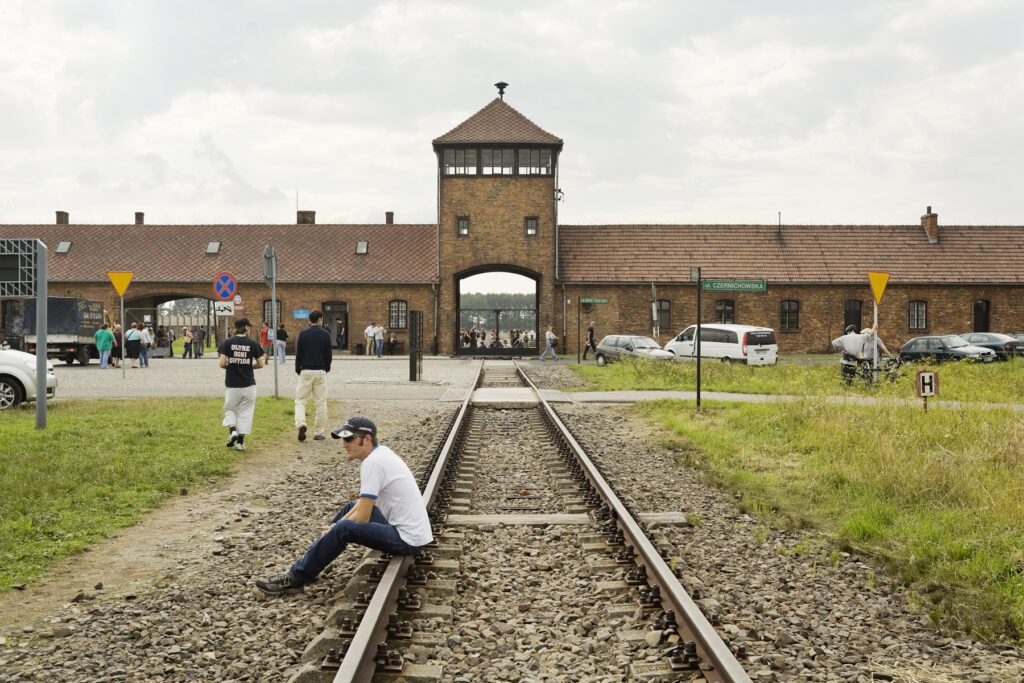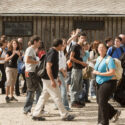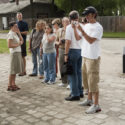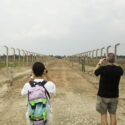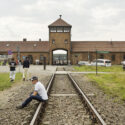Auschwitz-Birkenau
In 1941 IG Farben decided to build a synthetic rubber factory at Auschwitz and signed a contract with the SS: the chemical company was granted permission to ‘use’ prisoners, while the SS was provided with the resources it needed to expand the original camp (Auschwitz I) and construct
a new one for 125,000 people. The village of Brzezinka (Birkenau in German) was duly swallowed up. Russian prisoners of war were initially intended to provide the slave labour at Auschwitz II-Birkenau.
In January 1942, however, it was decided to fill the camp with Jews instead. When transports arrived with prisoners who were unable to work – children, invalids, the elderly – the SS decided to kill these ‘useless’ people in gas chambers. In the three years that followed, the Germans deported 1.1 million Jews and 23,000 Roma and Sinti to Birkenau. At least 900,000 of them died in the gas chambers, while another 150,000 perished as a result of mistreatment, hunger and disease.
a new one for 125,000 people. The village of Brzezinka (Birkenau in German) was duly swallowed up. Russian prisoners of war were initially intended to provide the slave labour at Auschwitz II-Birkenau.
In January 1942, however, it was decided to fill the camp with Jews instead. When transports arrived with prisoners who were unable to work – children, invalids, the elderly – the SS decided to kill these ‘useless’ people in gas chambers. In the three years that followed, the Germans deported 1.1 million Jews and 23,000 Roma and Sinti to Birkenau. At least 900,000 of them died in the gas chambers, while another 150,000 perished as a result of mistreatment, hunger and disease.
Construction of the gas chambers
In the spring of 1942, two farmhouses on the edge of the Auschwitz II-Birkenau camp were also turned into gas chambers. A few months later, an existing design for a crematorium with a capacity of 1,440 bodies per day was further developed: the largest morgue was to serve as an undressing room, and the smaller one, with an area of 200 m2, as a gas chamber for 2,000 victims at once.
Two buildings of this type came into operation in the spring of 1943 at Birkenau: crematoria 2 and 3. Two smaller crematoria with gas chambers began work two months later. Crematoria 4 and 5 each had a capacity of 768 bodies per day.
The Lilly Jacob album
This Auschwitz album records the arrival and selection of victims. It contains photographs of Hungarian transports arriving at the platform in Auschwitz II-Birkenau. The album was probably compiled by the Polish photographer Wilhelm Brasse, who worked as a prisoner for SS photographer Bernhard Walter at the Auschwitz Erkennungsdienst.
The photographs record the people’s arrival. These are horrific images of the policy of racial extermination. Grandparents, parents and children sit among the birch trees, waiting for their imminent death. The ones deemed fit to work are taken to the sauna. There they are shaved, tattooed and issued with camp uniforms, before being placed in the quarantine camp.
The Auschwitz album was found in 1945 by Lilly Jacob, during the liberation of the Dora-Mittelbau concentration camp. It was in a drawer in an infirmary block. As she leafed through it, she recognized relatives and acquaintances and, to her surprise, a photographic report of the arrival of her convoy.
Liberation
On January 10th, 1945, the Red Army began its final advance on Berlin. The German Eastern Front collapsed. On January 17th, the SS ordered the evacuation of Auschwitz I, Auschwitz II-Birkenau and the subcamps under its control. Some 60,000 prisoners set off on a literal death march to the West.
The SS destroyed most of the archives and blew up the Birkenau crematoria. Red Army troops arrived at Auschwitz on January 27th. They found 7,000 people on the brink of death. Despite the medical care they received, many more died after liberation.

